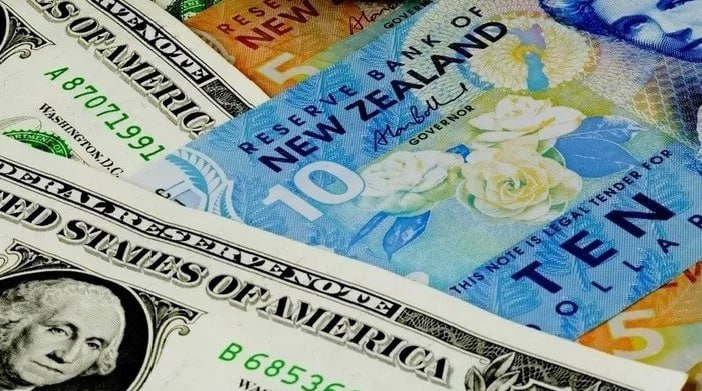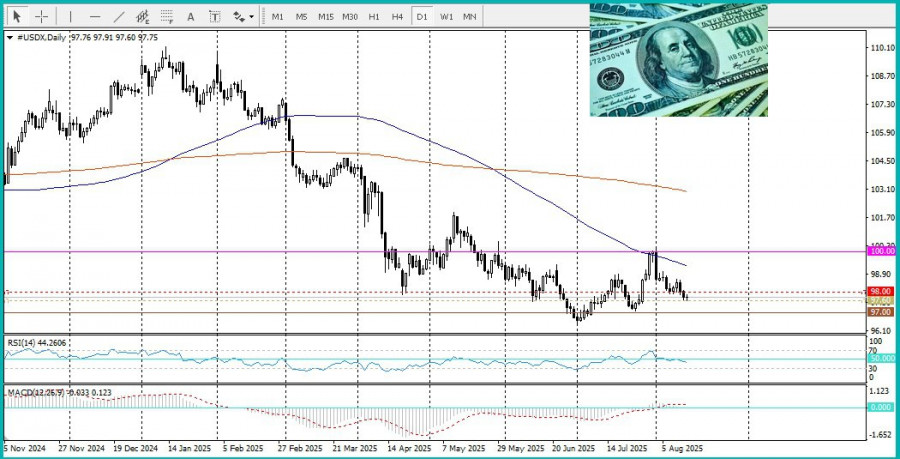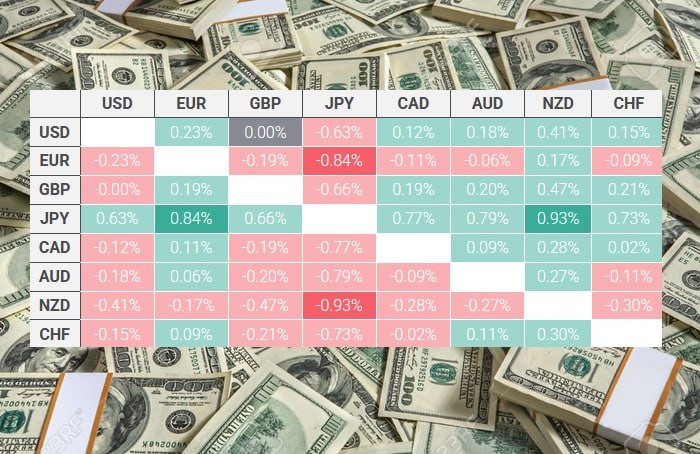NZD/USD. Analysis and Forecast

On Thursday, the NZD/USD pair faced resistance near the 50-day Simple Moving Average (SMA), retreating from the psychological 0.6000 level, above the two-week high reached the previous day. Prices broke a two-day upward trend.
The U.S. Dollar Index, which tracks the dollar's value against a basket of currencies, is making a moderate attempt to recover, putting pressure on NZD/USD. This dollar strength is not backed by clear fundamental factors and is more likely linked to market repositioning ahead of the U.S. Producer Price Index (PPI) release, scheduled for the later part of today's North American trading session.
Meanwhile, growing expectations that the Federal Reserve will cut interest rates as early as September may keep dollar bulls from aggressive buying and provide some support to NZD/USD. Following weak July U.S. Nonfarm Payrolls (NFP) data and corresponding inflation figures, traders have increased expectations for at least two Fed rate cuts by the end of the year. An additional supportive factor is the positive market sentiment associated with the extension of the U.S.–China trade truce for another three months, as well as the U.S. summit with Russia aimed at resolving the conflict in Ukraine. These developments may limit demand for the dollar as a safe-haven currency and reduce pressure on the risk-sensitive New Zealand dollar. Therefore, it is advisable to wait for clearer signs of a strong sell-off before forming new positions for further downside in NZD/USD.
From a technical perspective, oscillators on the daily chart are mixed, indicating the pair is not ready for a broad decline. If prices hold above the 100-day SMA, located around 0.5940, bears will not receive a trigger for a downturn. However, resistance remains at the 50-day SMA near the psychological 0.6000 level. A breakout above this could see the pair advance toward the next round level at 0.6100, with some hurdles along the way.
The table below shows the percentage change in the U.S. dollar's value against major currencies for today.

The U.S. dollar was strongest against the New Zealand dollar.
Market News